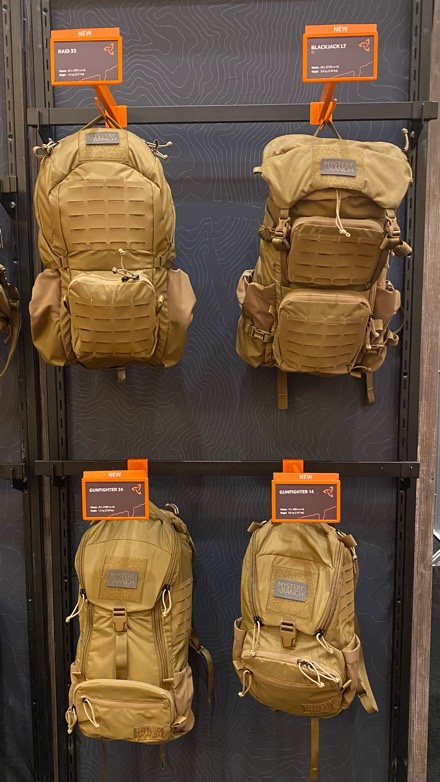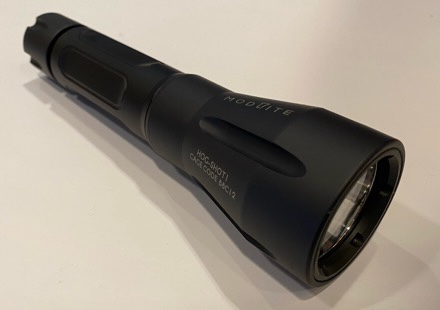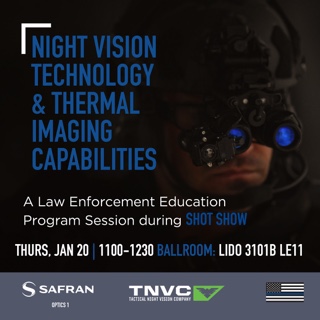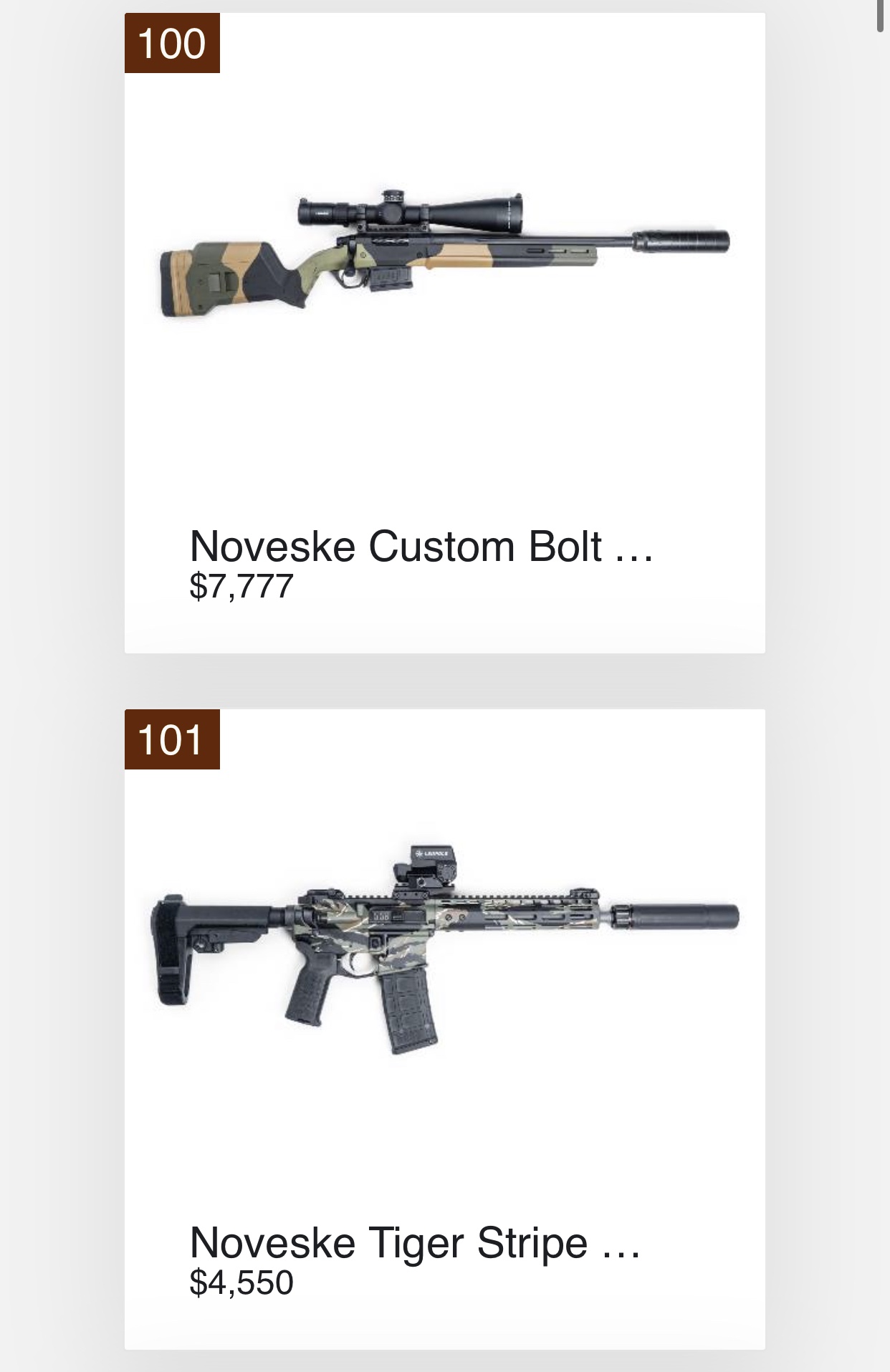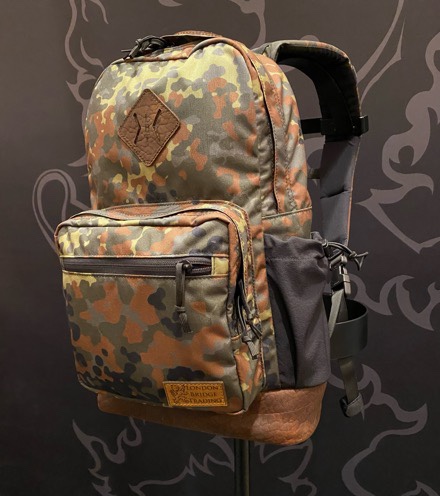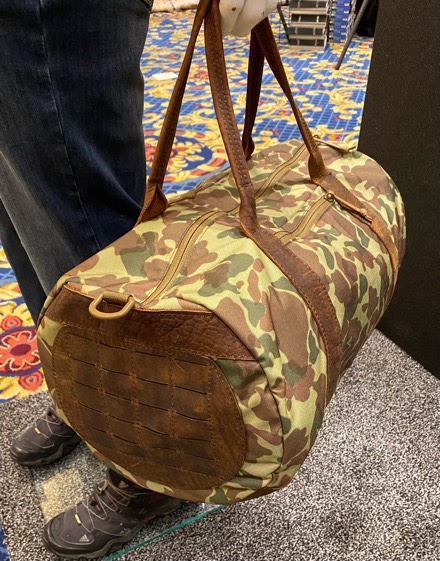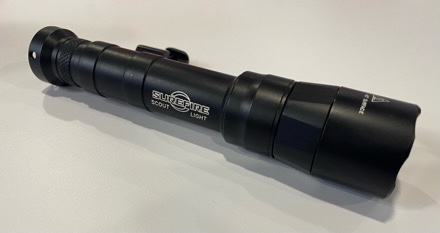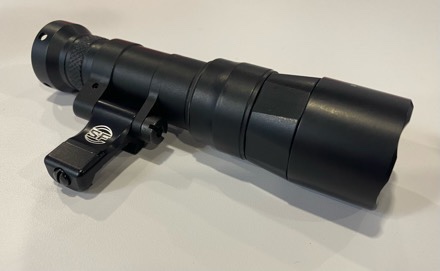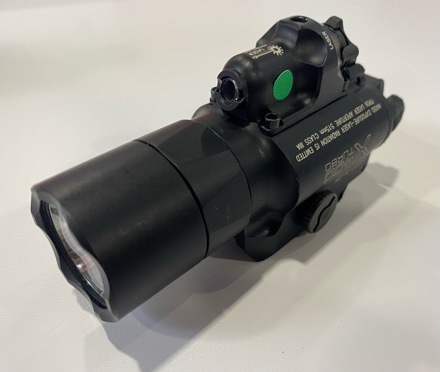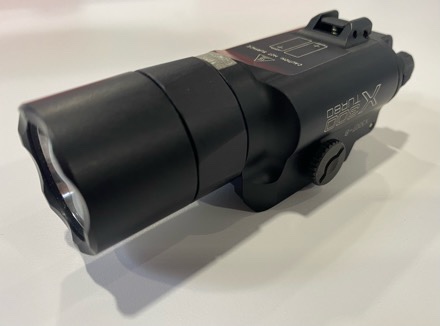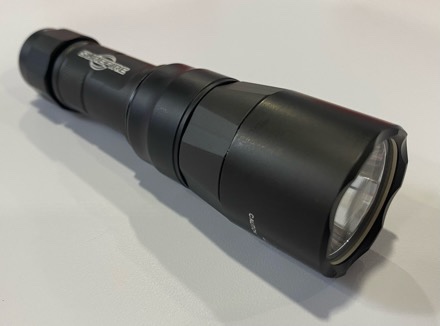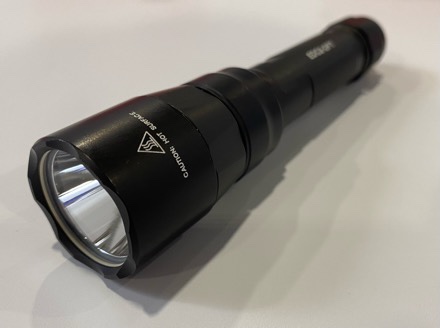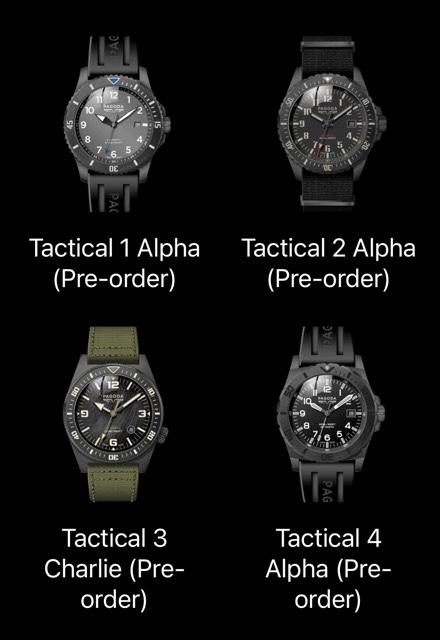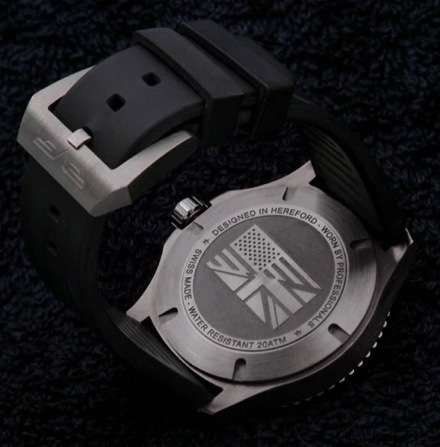The new Give Me Tail Sling might seem like Blue Force Gear is taking a step backward from their captured tail designs, but this adjustable sling eliminates mechanical buckles associated with other long tail slings and introduces a simple buckle, the Double Locking Sling Adjuster.

The spherical release knob is easy to find and pull on to release tension.  To tighten, simply pull on the loose end of the sling.
To tighten, simply pull on the loose end of the sling.
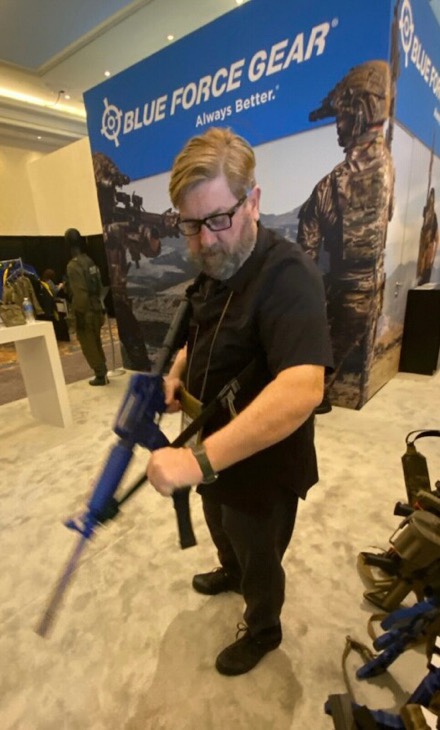
Available now at www.blueforcegear.com/gmt-sling.
-Eric Graves, Editor


